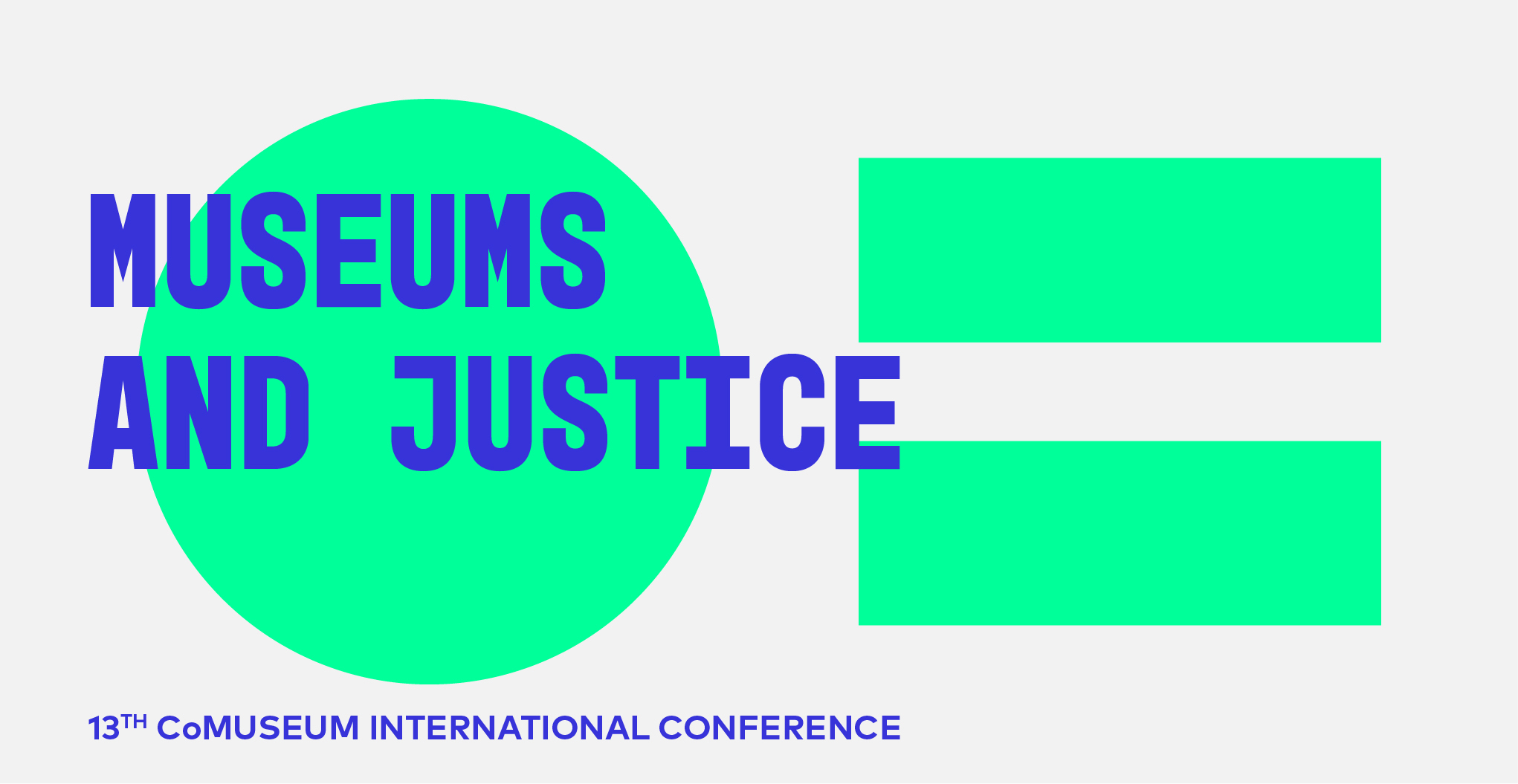Masterclasses
MUSEUMS AND JUSTICE
8 DECEMBER 2023, THESSALONIKI CONCERT HALL

PROGRAM
15:00 – 16:30 (Eastern European Time)
15:00 – 16:30
Masterclass | CR1 Room – Thessaloniki Concert Hall
On the Witness Stand: Museum, Art, and Restorative Justice
with
Giovanna Brambilla, Art Historian, Consultant in Pedagogies for Cultural Heritage, Member of the Knowledge Community of CCW (Cultural Welfare Center-Turin) (IT)
Description
In a context where museums find meaning as places that can support well-being, we will discuss how they have the potential to be powerful tools for restorative justice. By providing a space for dialogue, education, and understanding, museums can help to repair the harm caused by crime and conflict, and in this space the offender, the victim, and the community can work together. We will propose some works of art and highlight on the basis of which concepts they can become devices capable of awakening the gaze, facilitating the start of a communication, and easing conflicts, thanks to the competence of humanistic mediators in constructive dialogue with art historians and curators. It will be a precious opportunity for sharing methods and visions, as well as for evaluating the possible dissemination and re-proposal of this way of relating in other cultural places, discussing potentialities and possible obstacles.
15:00 – 16:30
Masterclass | CR2 Room – Thessaloniki Concert Hall
Three Modes of Participation: Collaborative Exhibition Projects at the Intercultural Museum in Oslo
with
Anders Bettum, Senior Curator, Oslo Museum; Coordinator of the National Museum Network of Minorities and Diversity; Associate Professor, University of Oslo (Norway)
From 2006-2016, The Intercultural Museum in Oslo, Norway completed two major participatory exhibition projects working with source communities from various minority groups in Norway. The first exhibit presented religious minorities in Oslo, the second presented Roma communities. The curatorial staff had a rare opportunity to reflect on the museum’s practices and to analyze the relationships established with the partners in the source communities while taking part in a book project on inclusive museums.
A diagram of different modes of partnership, suitable for different kinds of participatory projects, resulted from this work. The nature and goals of a participatory project will often require that the museum shares a little bit of its curatorial power with its partner. At other times, it may be necessary to empower the partner more, or to hand over the curational control altogether. The museum may also want to express its own opinion or front a particular case to a smaller or a larger degree. These two considerations are tangent to each other, but not entirely overlapping. By defining the values of these two parameters as low, medium, or high, we were able to name three different modes that we could relate to practical work: The Dialogue Model, the Host Model, and the Editor Model.
This simple analytical tool has now passed the test of time. It has proven to be applicable and useful in a wide range of situations involving participatory museum work. It has become an indispensable tool in planning and evaluating partnership projects at the museum. We think it may have potential for reviewing exhibitions, and for making curation a more transparent process, not only for the participating parties, but also for the audience. It adds nuance to the ideal of participatory museum work by downplaying its moralistic sides and highlighting the rewarding ones. We hope it may encourage more museums to experiment with participatory methods.

